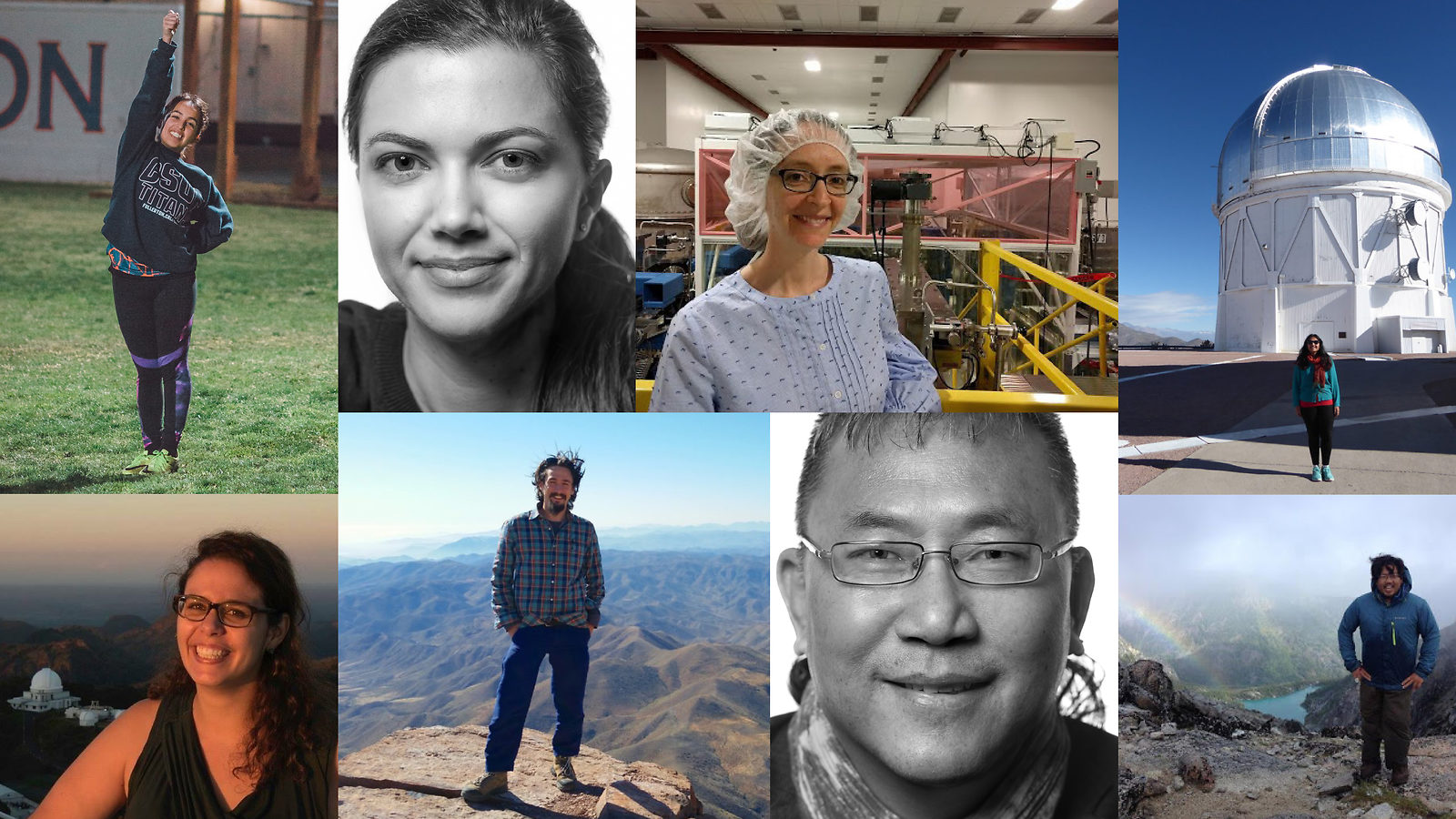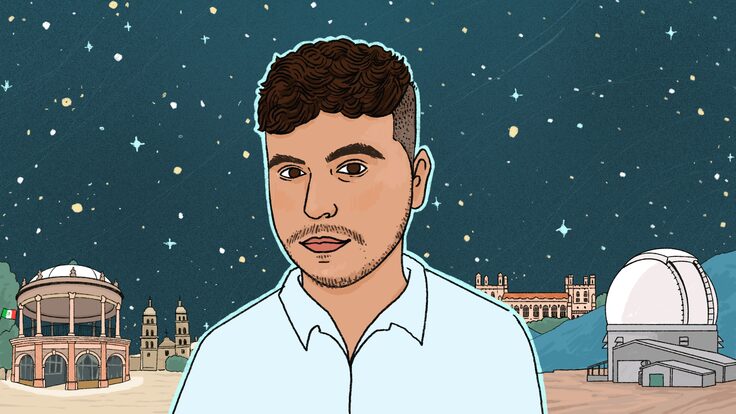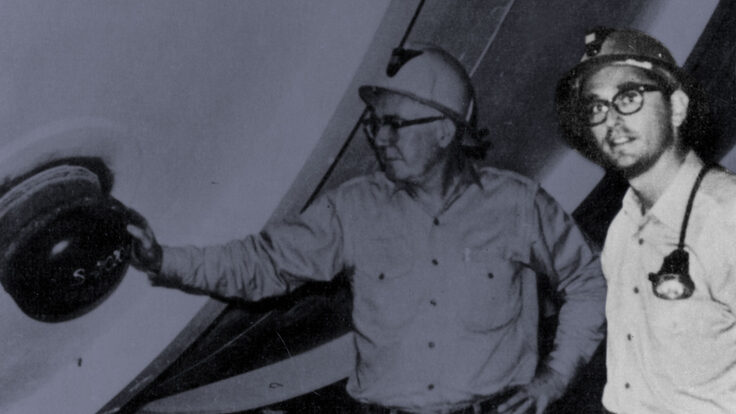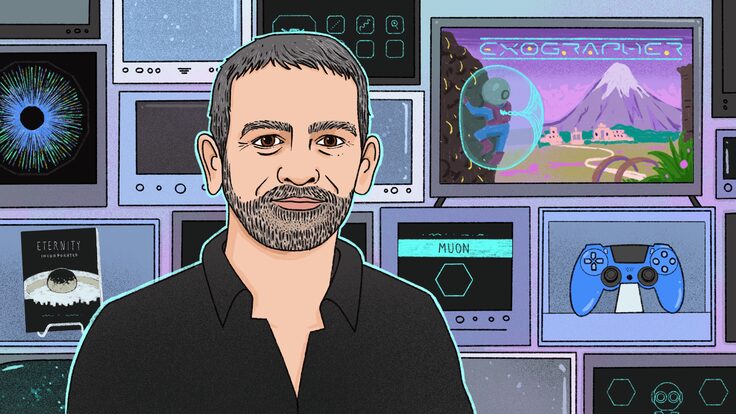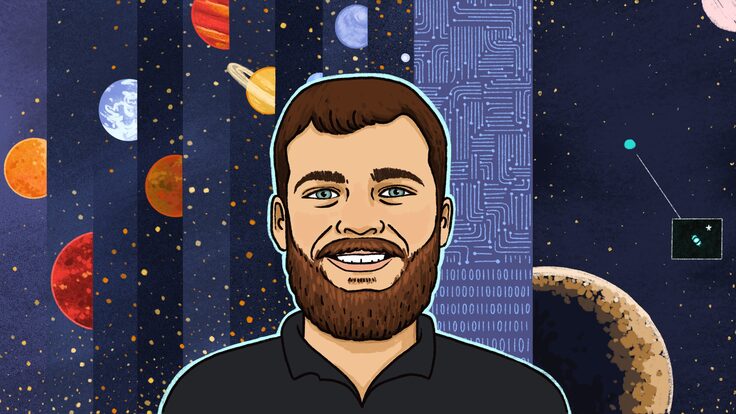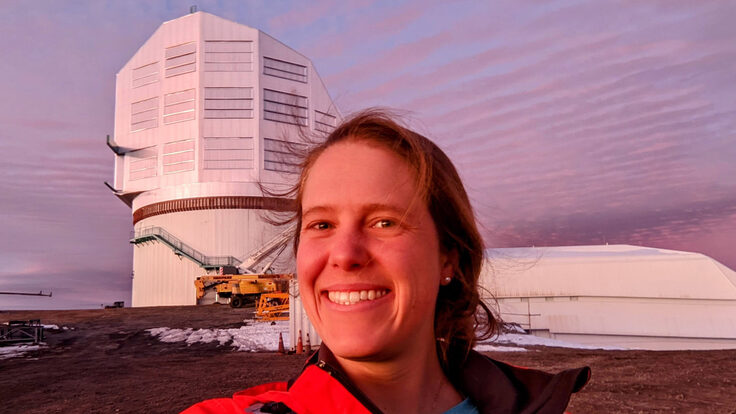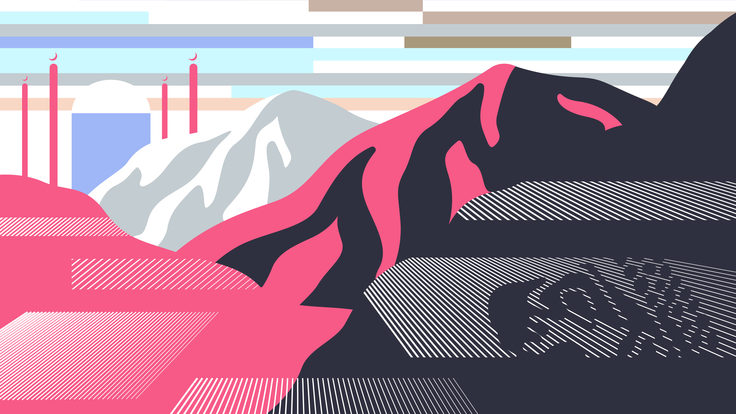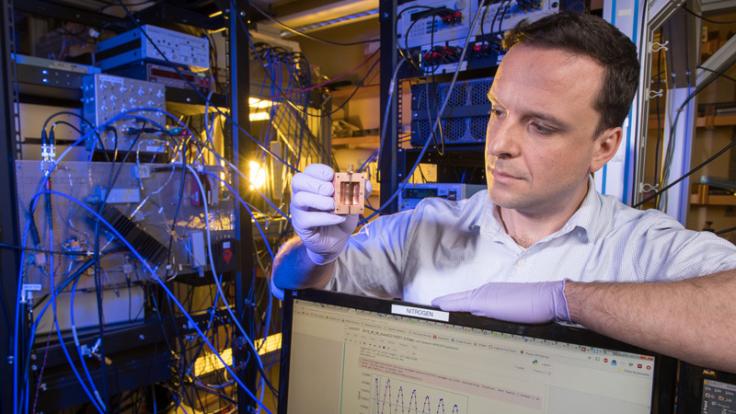Denyz Melchor, an undergraduate studying physics at California State University, Fullerton, traveled to Lake Geneva in Wisconsin last spring to present her research on primordial black holes. It was her first collaboration meeting as a member of the Laser Interferometer Gravitational-Wave Observatory, or LIGO.
At the meeting, she was surprised to find herself also talking about her two-year stint playing Ultimate Frisbee and the inspiration she finds in her family.
That’s because, at a session organized by the LIGO Education and Public Outreach group, Melchor met Zoheyr Doctor. Since August 2018, Doctor and his colleagues have published more than 30 brief profiles of LIGO researchers like Melchor as part of a blog called Humans of LIGO.
“We just sat down and started talking,” Melchor says. “It was really a different kind of experience for me, and it was fun to answer some questions about things I hadn’t thought about.”
Since August 2018, the Humans of LIGO project has highlighted the pursuits of individuals involved with LIGO—an observatory with detectors in both Hanford, Washington and Livingston, Louisiana—and Virgo, its partner observatory near Pisa in Italy. There’s a lot of material to cover: the LIGO collaboration alone consists of about 1300 individuals from around 100 institutions in 18 countries.
Doctor, head of Humans of LIGO and now a postdoctoral researcher at the University of Oregon, says the name of the blog pays tribute to Humans of New York, a photoblog that features short interviews with individuals walking the streets of New York City.
Doctor says he uses Humans of LIGO to reveal the sometimes-ignored human sides of scientists.
“We have stereotypes about scientists, but there’s such a wide range of activities that scientists participate in every day,” Doctor says. “I wanted the public to see that people who produce scientific results are a diverse group of people at all stages in their careers who have lives outside of science.”
LIGO’s humans have shared everything from their inspiration for entering science—getting through the terror of the idea that the sun might go supernova with the help of a white lie from Mom, or joining the astronomy club to gain access to a prime napping spot—to how it felt to be part of the public announcement of a scientific breakthrough, to the importance of family in their scientific endeavors. The collection of profiles even includes a raven named Thirsty, so-called because her search for a drink briefly interfered with LIGO detection equipment in Hanford.
Humans of LIGO is not the only place to learn more about the individuals who make up large scientific collaborations.
The Dark Energy Survey’s Scientist of the Week blog has profiled over 120 individuals from the collaboration since 2015. DES’ team of scientists, who are working to understand the force behind the accelerating expansion of the universe, includes more than 400 individuals from 25 institutions in seven countries.
Over the course of two years another effort, Faces of DUNE, has profiled nearly 200 individuals from the Deep Underground Neutrino Experiment. DUNE, an international project hosted by the Department of Energy’s Fermilab, is made up of more than 1000 collaborators from over 180 institutions in more than 30 countries.
One Faces of DUNE subject, physicist Chang Kee Jung, now a professor at Stony Brook University, shared a story about a yodeling song he wrote as captain of the Alpine Club when he was a student in South Korea. “When I went back years later, they were having a campfire party. They were singing this song… 30 years later, they were singing the song I wrote,” Jung’s profile says.
Abbey Waldron, another face of DUNE, compared getting into neutrino physics to discovering her love of dancing tango. Georgia Karagiorgi compared studying particles to her passion for learning the stories behind old stamps.
Faces of DUNE organizer Lauren Biron and her colleagues in the Fermilab communication team collect stories during DUNE collaboration meetings by conducting live interviews. It’s not always easy for scientists to find the time to sit down for an interview, though. The organizers of Faces of DUNE, Humans of LIGO, and DES Scientist of the Week have all relied on written questionnaires at one time or another.
“There’s advantages to conducting interviews using written questions and answers, as well,” Biron says. “We try to accommodate individuals for whom English is not a first language, for example. Other people prefer to look at the questions first and talk later.”
An extra perk for individuals profiled in Faces of DUNE is a professional headshot by Fermilab’s staff photographer, Reidar Hahn.
Each project uses directed and general invitations to collaboration members to find people to profile. The directed emails are important, organizers say, because some groups of people are less likely to volunteer and put themselves forward for such opportunities.
The Dark Energy Survey recently completed its six-year mission cataloging hundreds of millions of galaxies, and scientists plan to stop publishing new profiles on Scientist of the Week around the time they finish data analysis. Faces of DUNE is scheduled to wrap up sooner, within the next few months.
“We’ve published two profiles per week for almost two years and highlighted a lot of collaboration members,” says Biron. “With our photographer retiring, we decided this was a good time to close this project. DUNE is going to be around for decades, so we’re going to need to tell the stories of its science in a lot of different ways.”
But Humans of LIGO is just getting started.
Melchor says she’s interested in seeing Humans of LIGO, which celebrated its one-year anniversary last August, profile new people as well as revisit individuals who have already been profiled to see what they’re up to now.
As for her own update? Since being profiled at the Wisconsin collaboration meeting, Melchor has joined the Humans of LIGO writing team. She recently interviewed a professor at her institution and submitted her first blog post.



